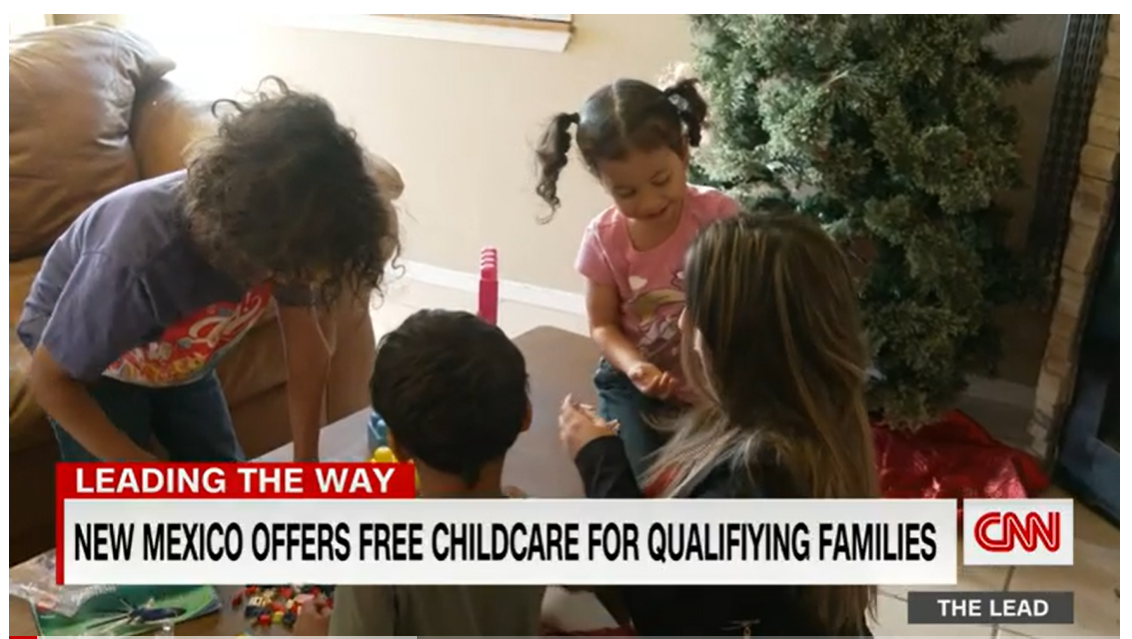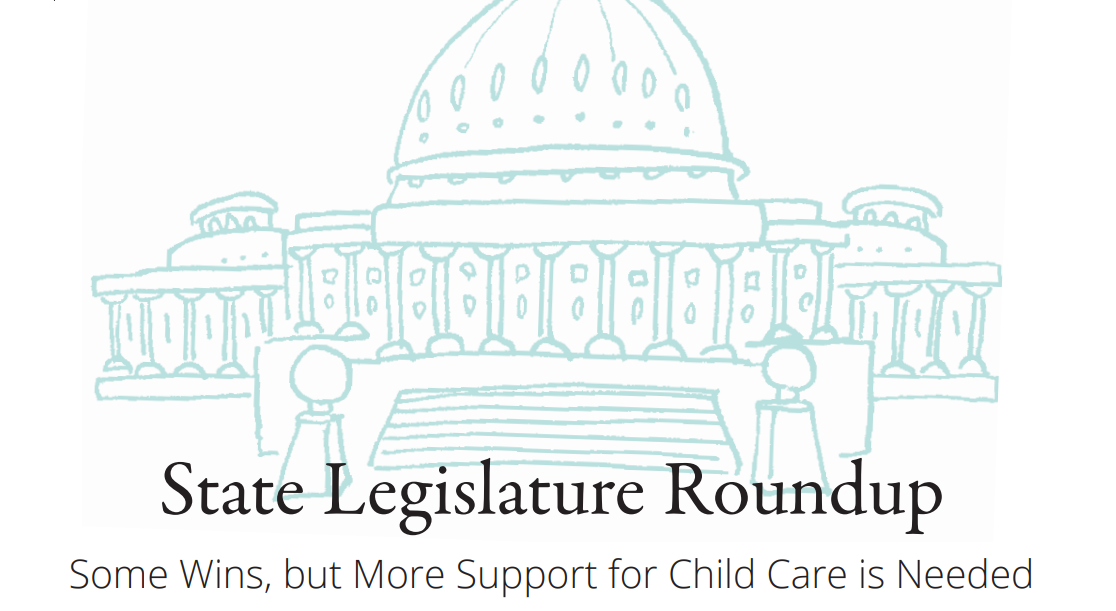
A mom of three, Alicia Fout was going to college and working 30 hours a week but still often struggled to cover the cost of child care.
The high price tag forced her to prioritize which monthly bills to pay, which meant frequent utility shut-off notices – and some extremely difficult decisions.
“I learned which bills I could forgo every other month to keep up with the financial needs of my children,” Fout told CNN.
That was before New Mexico in May became the first state to offer free child care to most of its residents. Now, after a November referendum, it’s also the first state to enshrine child care funding in its constitution, effectively making the service a universal right – and perhaps offering a model for how other states could serve their youngest residents and working parents.
Nationwide, the average cost of child care for families outpaced the rate of inflation in 2021, according to analysis from Child Care Aware of America. A low-income family should have to spend only 7% of its income on child care, per a federal benchmark based on an average of census data. But the national average cost of child care – $10,600 annually – is roughly 10% of a married-couple family’s average annual income and 35% of a single parent’s income, the analysis found.
In Fout’s case, child care costs were draining 30% of her monthly income.
“I had points where I contemplated whether it was even worth working and pursuing my career in order to meet my child care needs,” said Fout, who works in retail and has an associate degree in business and pre-law.
The impact of the financial strain trickled down to Fout’s 8-year-old son, who she said remembers the struggle of his mom going to food banks and charities for help paying bills. He worried and focused more about “whether we had enough than about school,” she recalled.
It was a burden Fout didn’t want him to shoulder.
She found a temporary solution in May in the state pilot program, which uses pandemic relief funds to provide up to a year of free child care to families meeting income requirements. The state co-pay waiver saves Fout $370 a month on child care costs – a sum that can spell real relief when bills come due.
The scheme – hatched by a willing governor, state lawmakers and determined child advocates – effectively makes child care free to families making up to 400% of the federal poverty level, or about $111,000 for a family of four. The state’s median household income is $51,243.
At its core, the program aims to provide a safe environment for children at a stage of critical brain growth and development. Further, saving caregivers money on child care lets them invest more in their families, from putting healthy food on the table to home ownership, a key official said.
The pilot program, officials have said, serves as the model to help those most in need. The relief funds, though, have been set to run out next June.
Then last month, a staggering 70% of voters in New Mexico made history by approving a constitutional amendment to fund early childhood programs including child care using part of the state’s windfall from oil and gas production revenue.
Congress still must approve the amendment and is on track to do so, hopefully by the end of this session, a spokesperson for Democratic Sen. Martin Heinrich of New Mexico told CNN.
Using oil and gas revenues to help kids
There has been a strong will in New Mexico to improve its slice of the widely broken US child care system, mainly because it is one of the poorest states and consistently ranks among the worst for child well-being, state officials and child advocates say.
Child advocates some 12 years ago sparked the movement to get a permanent funding source for child care enshrined in the state’s constitution. It was a long-game strategy for a coalition of non-profit, grassroots groups, including New Mexico Voices For Children.
That organization in 2010 first brainstormed using funds from oil and gas production revenue to fund child care and early education, said Amber Wallin, its executive director.
New Mexico is the No. 2 oil and gas producing state in the nation, with $5.2 billion estimated in direct and indirect revenue from such production for fiscal year 2022, the state Department of Finance and Administration told CNN.
“It was years’ worth of op-eds, blogs and letters to the editor, TV and radio interviews to raise public awareness,” Wallin told CNN. “It was working with policymakers to educate and have them understand just how important early childhood years are and then, when it came down to it, was really hundreds of thousands of contacts with voters.”
It all paid off when voters on November 8 approved the ballot measure to guarantee that financing source in the state constitution so early childhood services and programs like child care would be accessible for most families in New Mexico.
It’s all about “making kids a priority in budgets,” Wallin said. “All states have the power to do it, but for too long, kids have not been a priority in policy budgets. New Mexico, I think, really provides a road map to how that can be done.”
Indeed, New Mexico’s newly enshrined constitutional guarantee, along with other efforts, could be the blueprint for addressing the nationwide struggle to afford and access child care, state officials and advocates here said.
A pioneering approach that could spread
Under Democratic Gov. Michelle Lujan Grisham, New Mexico has established a minimum wage for child care workers: Entry-level employees now earn $15 dollars an hour, and more experienced lead teachers earn $20 dollars an hour. The pay raises aim to help improve workforce retention; before the raises, workers could earn a higher wage working at a fast-food restaurant than providing child care, child advocates told CNN.
New Mexico also created the first state agency and cabinet post focused on early childhood education and care. Also, “we were the first state to set our cost of what we reimburse child providers for child care at the actual cost of delivering care, and we were the first state to make child care free for most families,” said Elizabeth Groginsky, the state’s first secretary for early childhood education.
New Mexico is already seeing a measurable impact from the state’s child care policies, she told CNN.
“We’re just hearing from families every single day the incredible differences made in their lives, whether they’re able to now invest in their child’s future, … invest in quality nutritious food for my family or buy a home or invest in my home,” Groginsky said, noting that those options mean financial stability.
“What New Mexico has done means that it is possible in many states,” she said.
For Fout’s family, New Mexico’s pioneering approach to child care already has helped. Perhaps most importantly, her 8-year-old son no longer worries about money, his mom said.
And, she said, he’s more focused – and excelling – at school.



